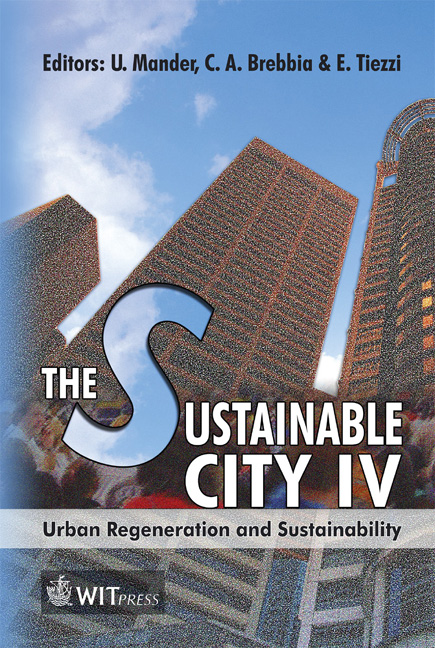From Brownfield To Blue Sky: Sydney Harbour’s Renaissance
Price
Free (open access)
Transaction
Volume
93
Pages
10
Published
2006
Size
536 kb
Paper DOI
10.2495/SC060341
Copyright
WIT Press
Author(s)
S. Bargwanna
Abstract
Sydney Harbour is one of the most magnificent in the world. It has some 230 kilometres of foreshores, is around 21 kilometres in length, one to two kilometres wide and up to 44 metres deep. It is the centre of Sydney, a metropolis of around four and half million people. The harbour was the reason for Sydney’s settlement as a penal colony in 1788 and was the conduit for immigration and trade that developed over the ensuing 218 years. This paper examines the circle of sustainability describing in four phases: the South Pacific utopia of Aboriginal occupation; the convict settlement—the city’s foundation; the industrial–urbanisation period from the mid 1800s to the early 1980s; and the current post industrial eco resort period. Approaches to sustainability are discussed for each period using Cockatoo Island, the harbour’s largest island as an example. The Aborigines lived a sustainable lifestyle. The subsequent convict settlement and urbanisation period had no concept of the consequences of social, economic and environmental impacts nor any awareness of the limits of growth. The current post-industrial eco resort period shows the harbour healing with a new awareness of sustainability and the use of the harbour as a playground rather than a sewer and shipping canal. Lessons are offered from recent experiences in sustainable design and management principles in the harbour, many reflecting how the Aborigines experienced the harbour prior to European settlement. Use of such international natural feature icons as flagships for a global approach to sustainability is suggested. Keywords: Sydney Harbour, sustainability, Cockatoo Island, urbanisation, postindustrial, eco resort.
Keywords
Sydney Harbour, sustainability, Cockatoo Island, urbanisation, postindustrial, eco resort.





